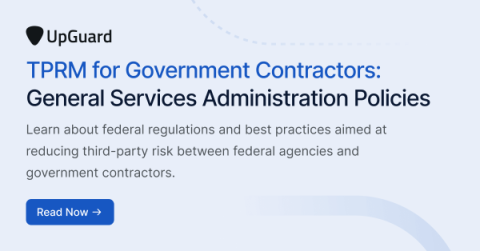What is the NIST cyber security framework?
The NIST Cybersecurity Framework is a set of guidelines and best practices designed to help organisations better manage and reduce cybersecurity risk. It stands for the National Institute of Standards and Technology Cybersecurity Framework (CSF). The Framework was developed by NIST, part of the U.S. Department of Commerce, and first published in 2014, following an executive order by then President, Barack Obama which focused on improving the cybersecurity of critical infrastructure in the United States.










